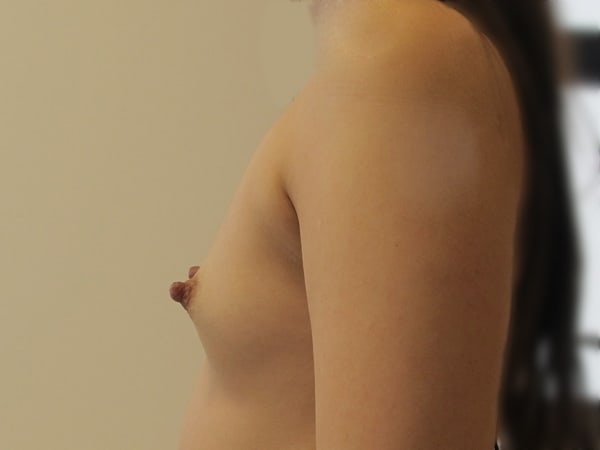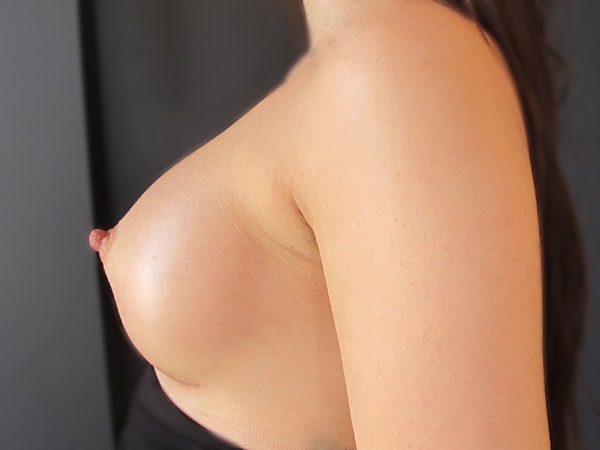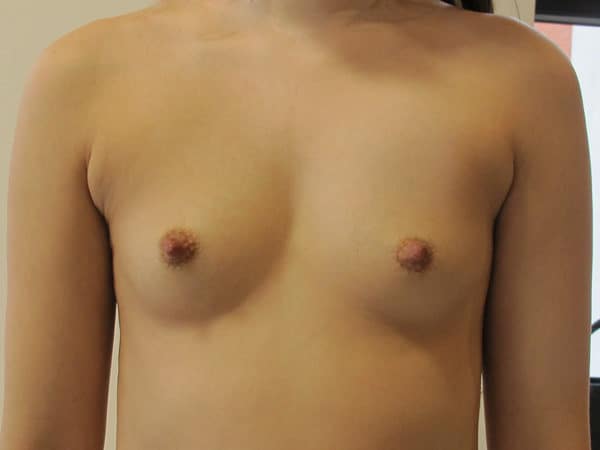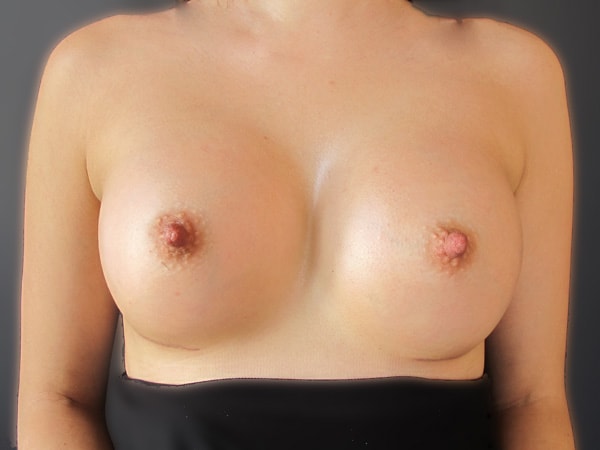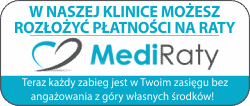Breast augmentation is a common procedure. However, as with any other surgery, potential risks should always be discussed with a surgeon. Before each treatment, the doctor conducts an accurate interview with the patient in order to know the expectations about the appearance and size of breasts. The proper and accurate measurement is also important in order to properly match the implants and determine the desired aesthetic result.
During the surgery, no pain is felt because general anaesthesia is used. The doctor performs cuts, creating in the breast tissue a special pocket in which the implant is placed. After placing the implant, the cut is sewn.
Motiva Matrix Implants consist of a filling material – a soft, stable form gel and a silicone coating, specially designed to increase their durability.
100% filled Motiva Ergonomix Implants, shaped to fit after implantation in such a way as to obtain a natural appearance of anatomical implants, thus minimizing complications. TrueTissue Technology is a combination of a specialised, elastic outer elastomeric coating and special rheological properties of the ProgressiveGel Ultima gel, which – together with gravity – transfer the maximum projection point to the bottom of the breast in a standing position. When the patient is lying on her back, the implants will behave like natural breasts – the maximum projection point will then move closer to the centre of the breast. Motiva Ergonomix Implants together with gravity adjust to the patient’s position to provide a very natural effect.
